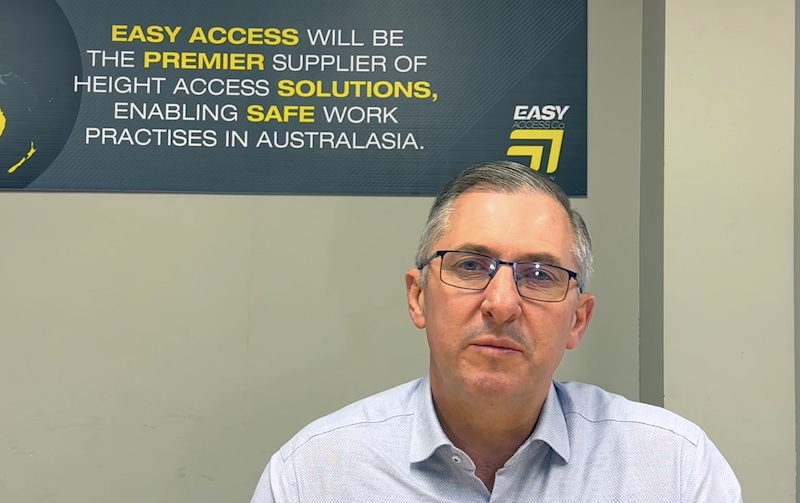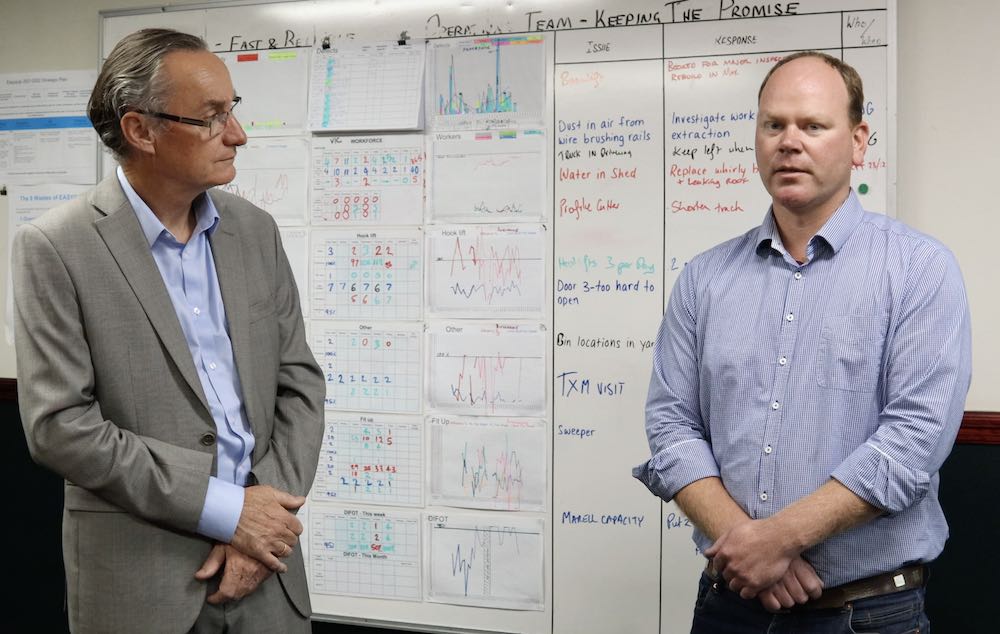 Practical Lean Leadership
Practical Lean Leadership
We have had many discussions here about management behaviour and how important leadership is to steer a company towards a Lean Enterprise. Another examination is warranted to dovetail in with the previous discussions, so we can address what lean leadership means in a practical sense. Today we will look at the three key steps for true Lean leadership:
- Set expectations aligned with company strategic direction using Metrics
- Flow expectations to each business level
- Out in the workplace, be the enquirer
Setting expectations that align with company strategic direction is the first step to successful leadership of a Lean Enterprise. In our business, we will do this with the company metrics which lets everyone know how things are going and where problems may arise. These metrics need to be company-specific and based around the elements of:
- cost
- quality
- delivery
- safely
- morale
Lean metrics need to clearly show where you currently are for each key element and where you need to be. If there is a gap between the two, you need to clearly understand what is needed to close that gap, and the status of those actions.
The challenge is to flow these high-level metrics down to the appropriate level across the business, for each element. Depending on the size and structure of your company, these top-level metrics need evolving into meaningful metrics for each business unit, for each product line or each cell.
To check the clarity of each the metrics at the lowest level, see if you can understand which metric it ties into for the level above, and the level above that and right back up to the top-level metrics. If you, as a company leader, is unable to see how the shop floor metrics tie into the company goals, then it is unlikely that your teams do either. It may be time to reevaluate metrics.
And metrics can change over time too. When a baby is firstborn, we think of his age in weeks, and then in months. During this time we carefully monitor weight and height. By the time the baby is 2 years olds, measuring age in years is sufficient and, as long as the boy is healthy, height is measured more for the sake of prosperity than a need for real data. Consider how your company metrics may need reviewing, so you can turn your focus on the new important issues, once the old issues have been solved or faded away.
Once clear expectations have been set and rolled out across the organisation, it is time to bring the metrics to life and give them meaning to everyday work – to show leadership every day. The challenge is to take on the role of the enquirer. This can be a big change from a traditional management approach if that is your usual style. With an enquiry approach, we want to use the metrics to guide our shop floor discussions, praising where things are on track, asking “what is happening here?” when things aren’t on track.
We need to train our leadership thinking to understand “What are the problems?” And “What process failed to achieve it’s expected results?” You will notice we are not looking to blame or accuse; those old fashioned management approaches do not encourage people to take responsibility. As a lean leader, we need to be the teacher and guide our teams to solve their own problems, given the correct tools and in a guided manner.
Learn About Toyota Lean Leadership – View our Video
Read about Building Accountability in a Lean Enterprise
Watch our interview with Mike Walsh from Branach Manufacturing – A Great Example of Lean Leadership




